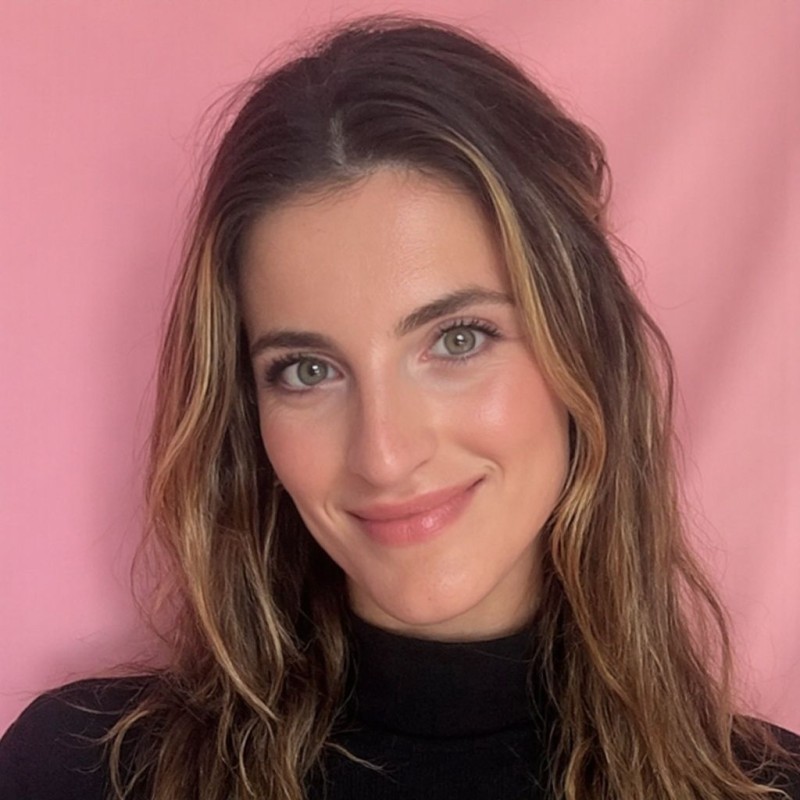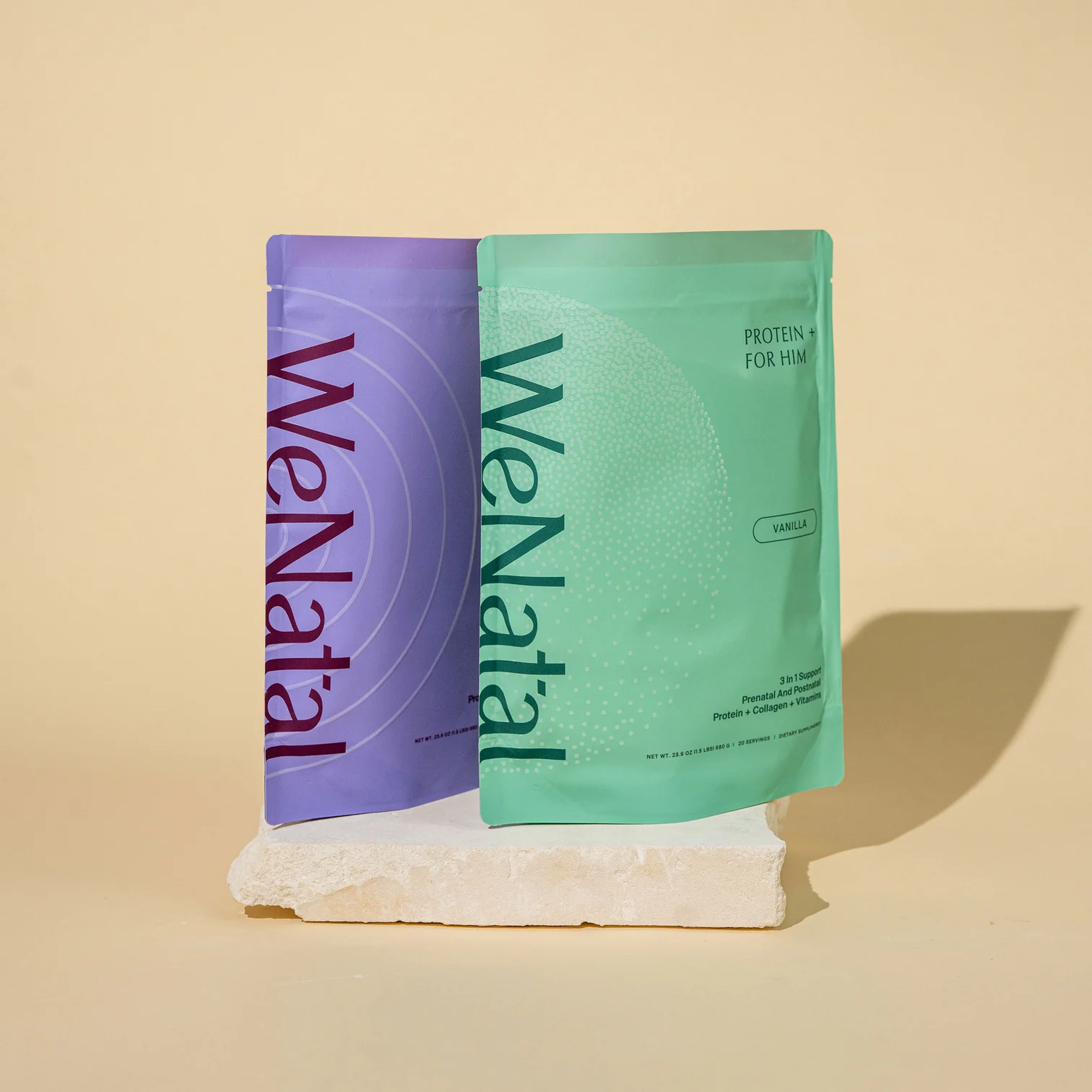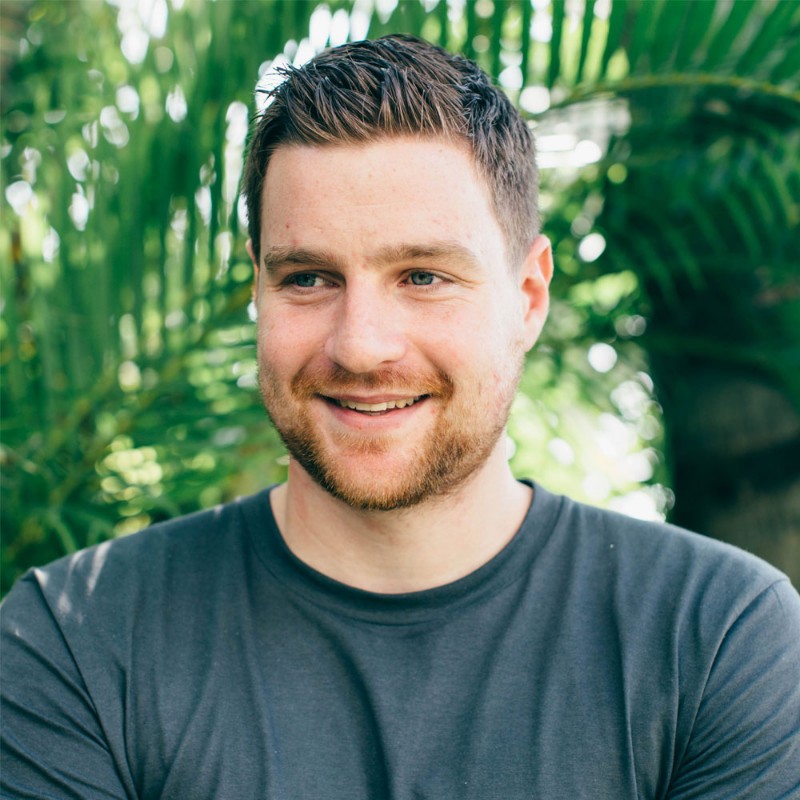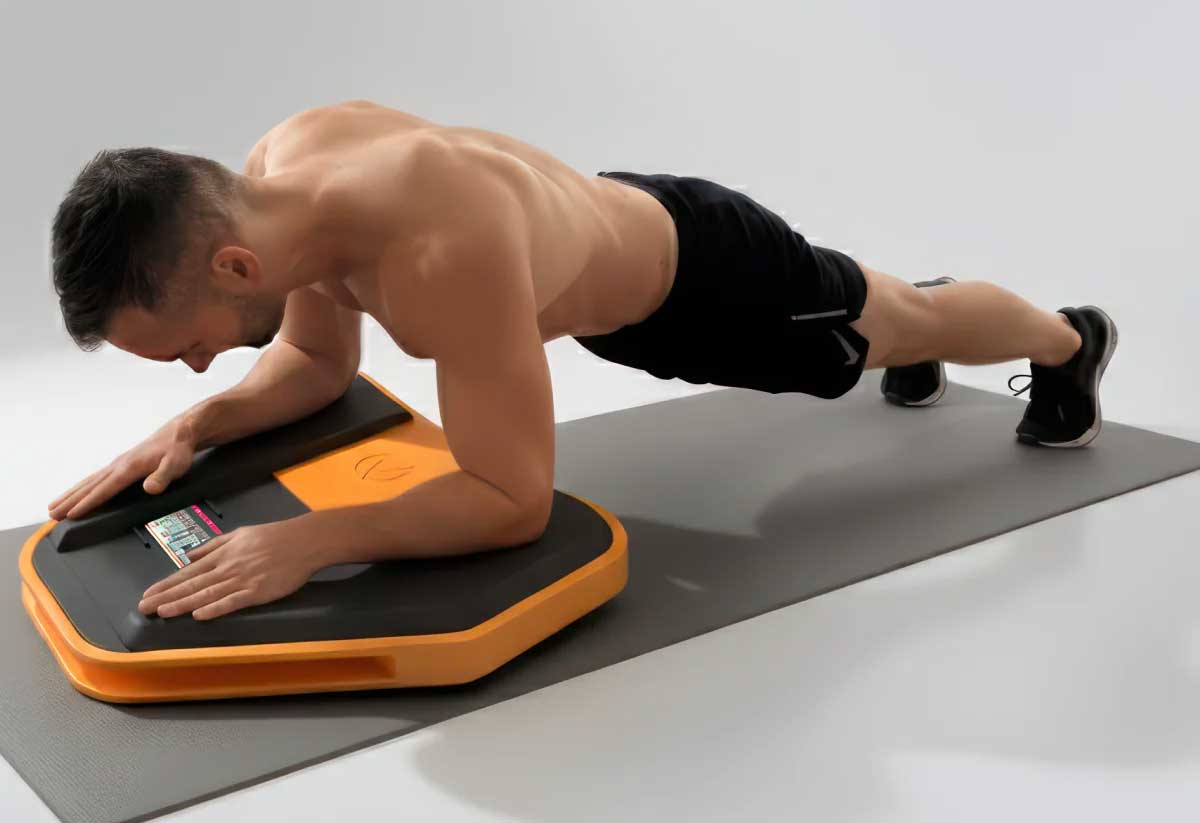Breathwork certification programs have exploded in 2024 and 2025, targeting personal trainers, yoga teachers, and coaches across disciplines. What was once informal —something athletes did but rarely talked about — is now being systematized across fitness disciplines like cycling studios and HYROX training camps.
And one method in particular might have prepared millions of people to understand how much it matters: Pilates.
The Pilates advantage: breath as foundation
For decades, Pilates has been one of the few mainstream fitness methods that explicitly teaches breath control. Instructors cue inhales and exhales with every movement. Students learn to engage their core through breath and discover that posture and muscle activation change dramatically when they stop chest-breathing and start breathing with intention.
When people say Pilates made them “feel more toned,” they’re often describing something deeper than muscle building —they’ve learned to breathe in a way that stabilizes their spine and engages their core. That awareness follows them off the reformer. Once you feel what proper breathing does, you notice when you’re not doing it.
From reformers to race training
The breathwork showing up in running protocols and HYROX training camps isn’t just about performance — it’s about control. Runners use nasal breathing and CO2 tolerance training to manage fatigue. HYROX athletes use breathwork to recover between efforts. Strength training emphasizes breath cues for stability.
What you learn on the reformer or in training applies everywhere else. Breath regulates your nervous system, manages stress, and determines how you respond under pressure, on and off the mat.
Why it matters
The shift toward low-impact, body-awareness training created space for this conversation. As more people prioritized moving better over moving harder, breathwork became less abstract and more functional. Pilates didn’t invent it, but it normalized the idea that breath isn’t passive — it’s a tool that can improve all areas of life.

 Published on Nov 14, 2025 by
Published on Nov 14, 2025 by 






